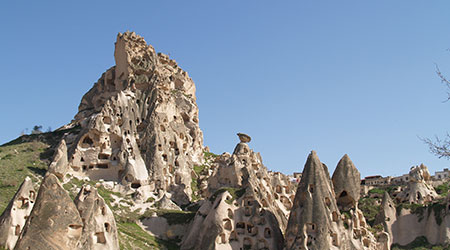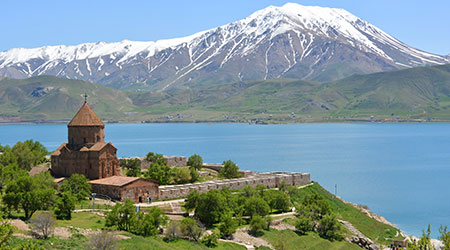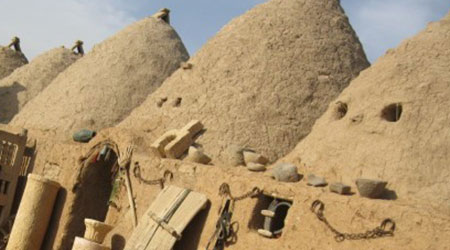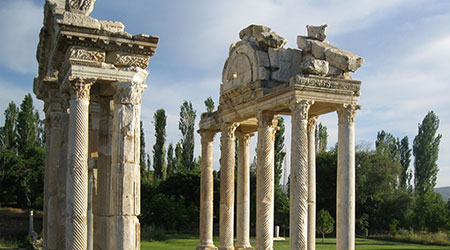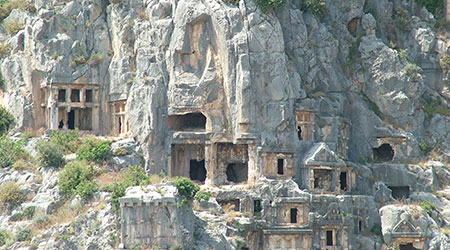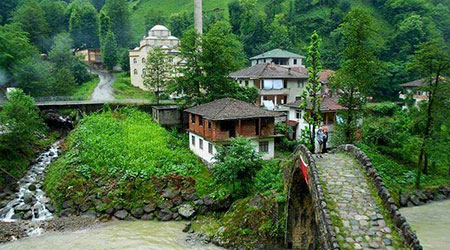Istanbul is one of the most fascinating cities in the world as a living history and a bridge between two continents. Not only it served as the capital of the two longest lasting empires of history; Eastern Roman and Ottoman Empires, but also was the capital of the two major religions; Christianity and Islam. It is one of the greatest metropolises of the world packed with remnants of its long and glorious past. The "Historic Areas of Istanbul" were added to the UNESCO World Heritage List in 1985 and the city was chosen as joint European Capital of Culture for 2010. Along with the most well known monuments for the first timers such as Hagia Sophia, Blue Mosque, Topkapi Palace, and Grand Bazaar which are located in or near the Old City district of Sultanahmet, there are hundreds of other attractions throughout the city. You can enjoy visiting the Byzantine Underground Cistern, Hippodrome, Istanbul Archaeological Museum, Suleymaniye Mosque Complex, Dolmabahce Palace, Beylerbeyi Palace, the stunning mosaics of Chora Church, Spice Bazaar, Bosphorus cruise, many other churches, synagogues, walking in Pera or Balat districts and many more. The European part of Turkey beyond Istanbul connecting Turkey to Greece, and Bulgaria is known as Thrace and unlike the drier regions of Turkey to the East, Thrace is a green land, with small hills, fertile agricultural land, endless sunflower fields and and many beautiful vineyards where you can taste Turkey’s Thracian wine. The most beautiful city before the border is Edirne, which served as the capital city of the Ottomans until the conquest of Constantinople. There are many reasons to visit this old city renowned for its many important mosques, including the Selimiye Mosque built by Sinan the Architect, the Old Mosque and Burmali Mosque. Edirne has many historic bazaars and also famous for its delicious cuisine, which reflects Turkish and Balkan kitchens. Southwest of Istanbul is the famous Gallipoli Peninsula which stretches out into the Aegean Sea and sits right across the city of Canakkale. It witnessed one of the most tragic battles of the entire history where half a million innocents lost their lives. Visiting the battlefields, graveyards and monuments located on the Gallipoli Peninsula is a truly moving experience for everyone. South of the Sea of Marmara, is Bursa, the second capital of the Ottoman Empire which is also known as “green Bursa” due to its parks and gardens. It is also famous for its peaches, chestnuts, and silk industry. The mausoleums of the early Ottoman sultans are located in Bursa and the city's main landmarks include numerous edifices built throughout the Ottoman period. Bursa also has thermal baths and several museums, including a museum of archaeology.



